Halfeti, located in the Southeastern Anatolian Region of Turkey, is a district of Şanlıurfa province that stands out with its historical and natural riches. Situated on the eastern bank of the Euphrates River, Halfeti has become an important tourism destination due to both its geographical location and cultural heritage. With the completion of the Birecik Dam in 2000, a large part of the district was submerged under water, and this situation created significant changes in the region's settlement pattern and economic structure. Following this development, Halfeti was divided into “Old Halfeti” and “New Halfeti”. In 2013, it gained the title of Cittaslow (Slow City), creating awareness worldwide.

Generated with Artificial Intelligence.
Geographical Location, Area, and Climate
Location and Borders
Halfeti is located west of Şanlıurfa. It borders Bozova to the east, Birecik to the south, Gaziantep's Araban, Yavuzeli, and Nizip districts to the west, and Adıyaman's Besni district to the north. The district's area varies between 643-646 km². While the old settlement is situated on the banks of the Euphrates River at an altitude of 385 meters, New Halfeti, established after the dam, is located 10 km east in the Karaotlak area.
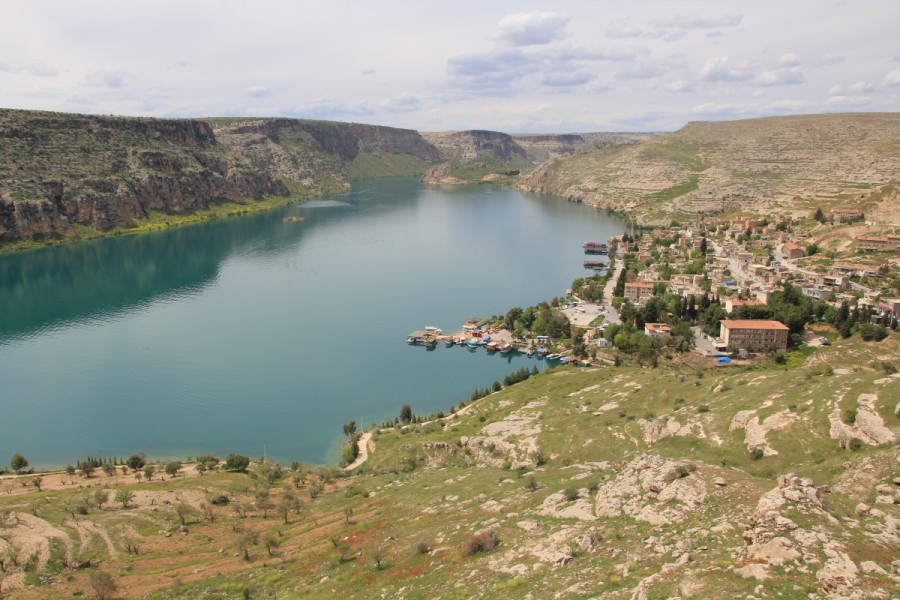
Halfeti ( Şanlıurfa Municipality)
Climate and Vegetation
A continental climate generally prevails in Halfeti. However, the microclimate created by the Euphrates River and the Birecik Dam has led to a milder climate, especially in coastal areas. Summers are hot and dry, while winters are mild and receive little precipitation. This special climate has increased the region's natural diversity and enriched its vegetation.
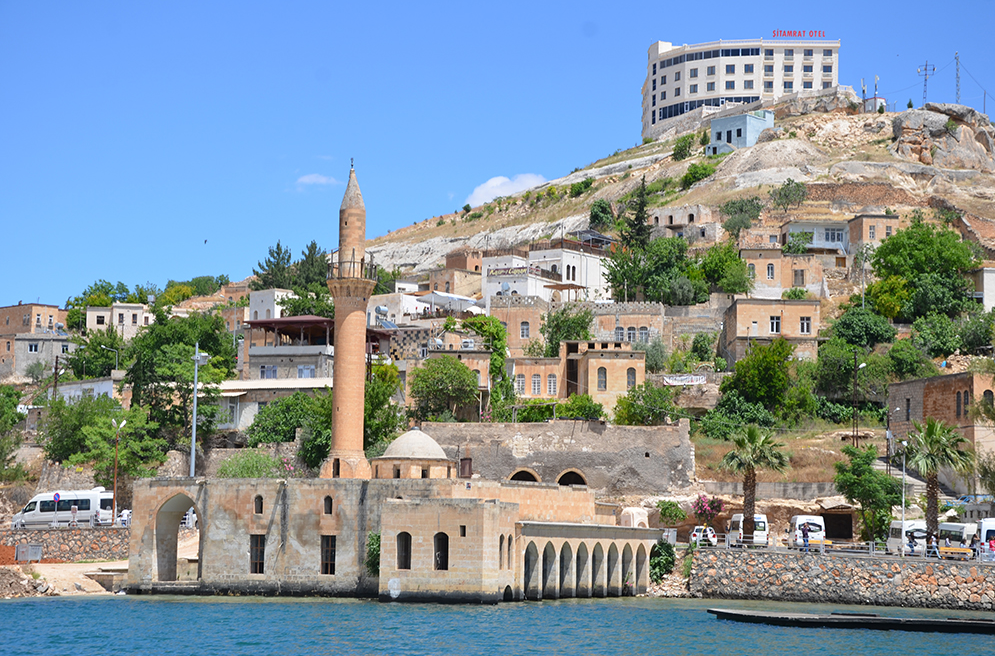
Halfeti ( Şanlıurfa Municipality)
Historical Development
Ancient and Medieval Period
Halfeti's history dates back to 2000 BC. Formerly known as Şitamrat, it was conquered by Assyrian King Shalmaneser III in 855 BC. The Greeks named this place Urima, the Syriacs Kal’a Rhomeyta or Hesna the Romaye, the Arabs Kal’at-ül Rum, and the Byzantines Romaion Koyla.
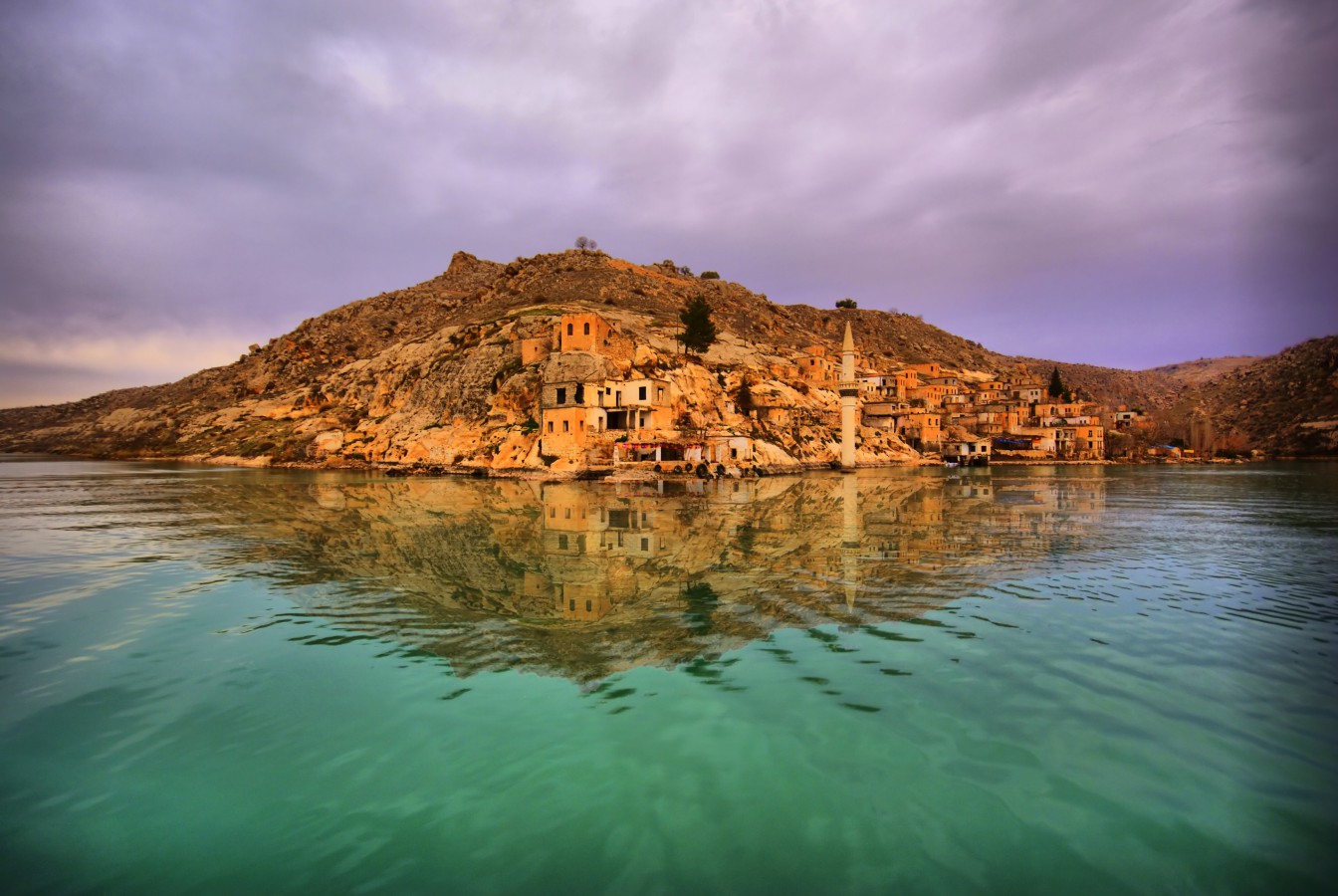
Halfeti ( Şanlıurfa Municipality)
Islamic and Ottoman Period
Besieged by Mamluk commander Beysari in 1280, the district was conquered by Mamluk Sultan Eşref in 1290 and named Kal’at-ül Müslimin. Halfeti, incorporated into Ottoman territories during the reign of Sultan Selim I, developed thanks to its location on trade routes during this period. Becoming a center of agriculture and trade in the 19th century, the district was one of the Ottoman Empire's important administrative centers in the region.
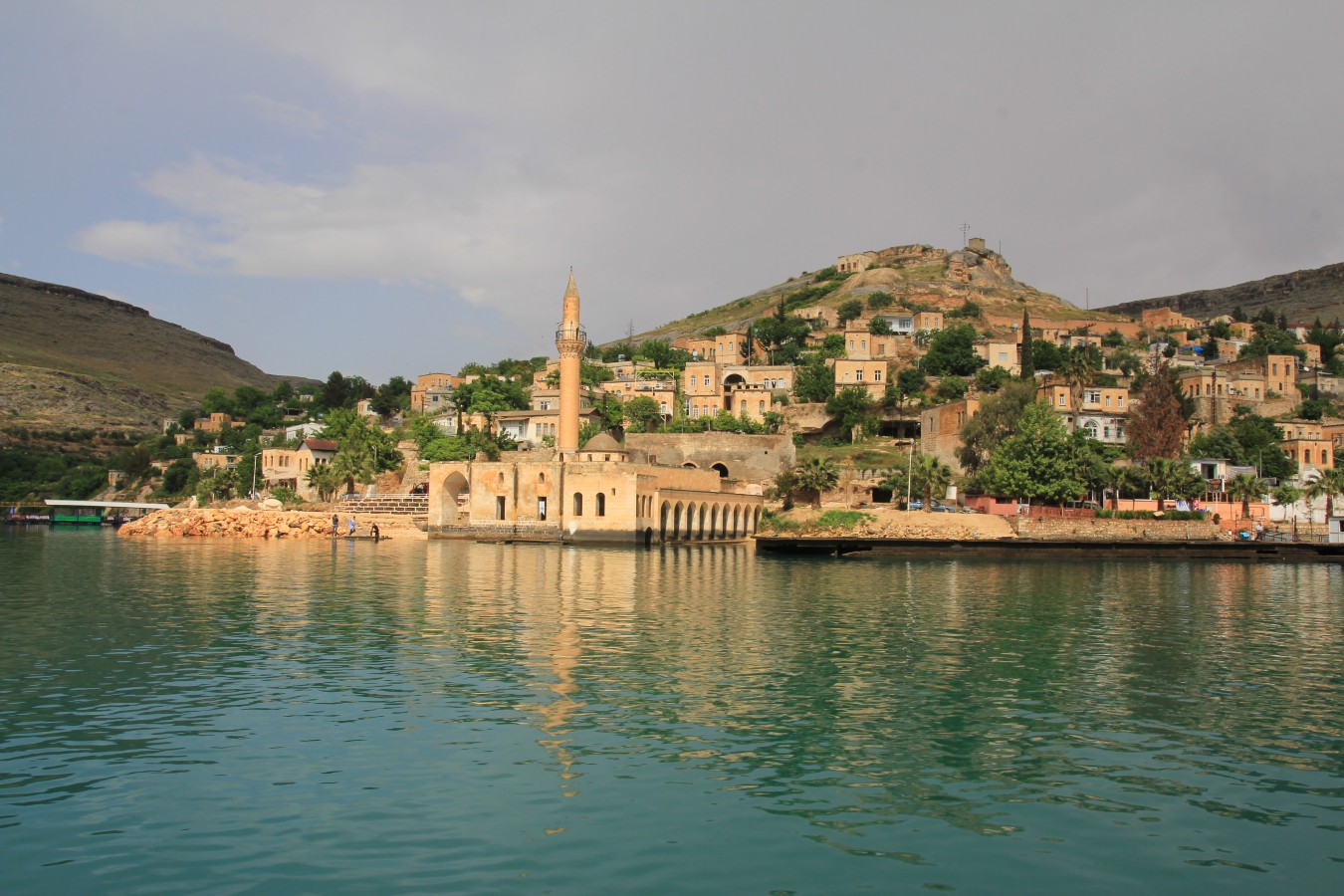
Halfeti (Şanlıurfa Municipality)
Natural Structure and Ecosystem
Halfeti's geography has been shaped by the Euphrates River and the dam lake. Despite being submerged, Old Halfeti, with Rumkale and its surrounding historical structures, still stands and continues to be a tourist attraction. The eastern part of the district is mountainous, while the western and northwestern parts are surrounded by fertile alluvial soils.
Soil and Agriculture
Halfeti soils generally have a clay and clay-loam structure. These soils, rich in lime but poor in organic matter, are used to cultivate products such as Antep pistachios, grapes, almonds, pomegranates, quinces, figs, and apples. After the dam, irrigated agricultural land decreased, but olive groves and pistachio orchards increased.
Black Rose
Halfeti is famous for the Black Rose (Rosa odorata 'Louis XIV'), a rare plant that grows only in this region. This rose, with a velvety appearance and a color close to black, is a result of the special climate and soil conditions in the area. The Black Rose was registered with a geographical indication in 2021 and has become synonymous with Halfeti.
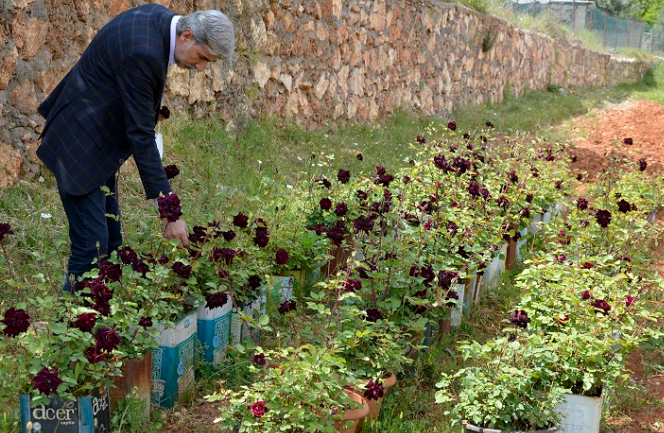
Halfeti's Black Rose ( Anadolu Agency)
Cultural Heritage and Architecture
Rumkale
Rumkale, located on the banks of the Euphrates River, was used as a military and religious center during the Roman, Byzantine, Mamluk, and Ottoman periods. This structure, also of importance for faith tourism, welcomes visitors with boat tours.
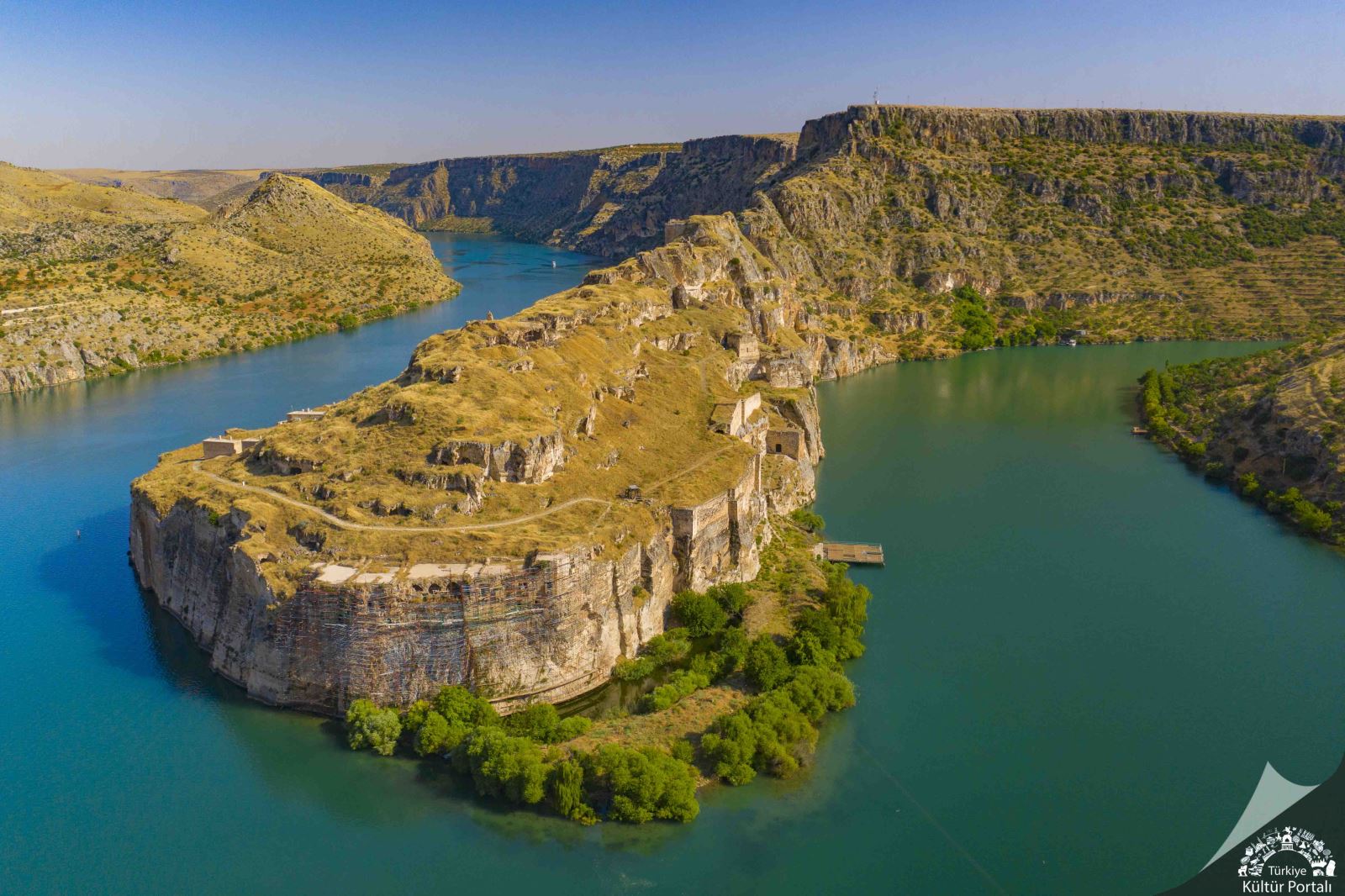
Rumkale (Culture Portal)
Stone Architecture and Traditional Structures
Halfeti houses were built using the local “Nahat Stone”. This stone hardens and becomes durable when it comes into contact with air. Stone structures remaining from the Ottoman and Ayyubid periods largely preserve their architectural integrity.
Population and Settlement Pattern
According to 2008 data, Halfeti's population is approximately 39,861. A large part of this population lives in rural areas. With the construction of the Birecik Dam, some villages were submerged, and settlements were shifted inland. While New Halfeti has a modern settlement plan, Old Halfeti is preserved as a nostalgic and tourist center.
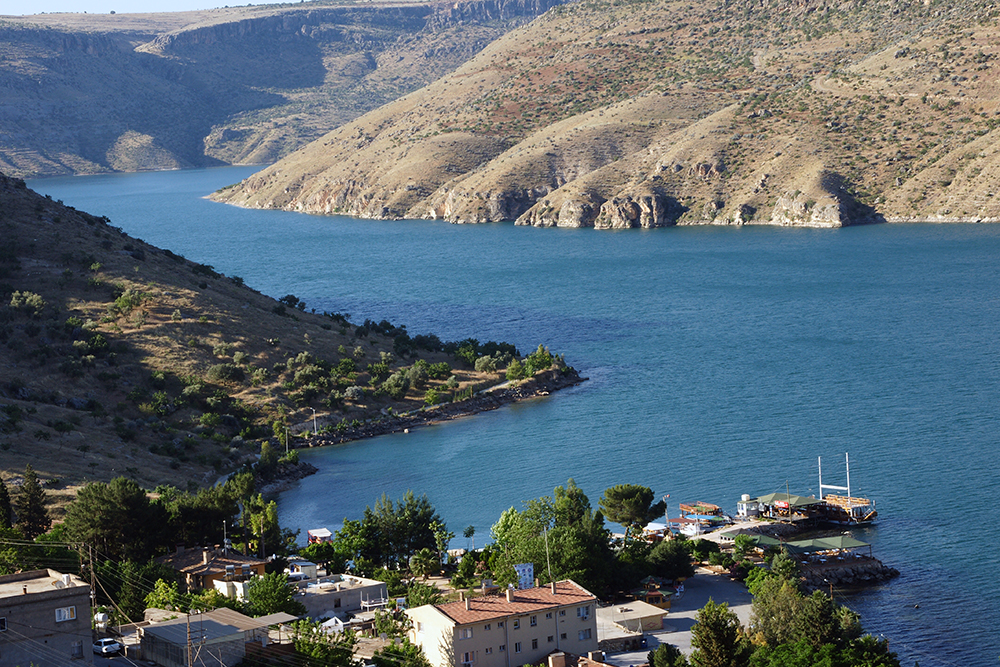
Halfeti (Halfeti Municipality)
Economy and Livelihoods
Halfeti's economy is based on agriculture, livestock farming, and tourism. Small ruminant husbandry is particularly common in rural villages. Industry has not developed, but with tourism, sectors such as handicrafts, gastronomy, and boat tours are experiencing a revival.
Local Cuisine and Gastronomy Culture
Halfeti, with its rich cuisine, offers unique examples of Southeastern Anatolian culinary culture. The Fruit Dishes Festival, held annually in the district, aims to promote this unique cuisine.
Prominent Local Dishes
- Erik Tava (Plum Pan): A main dish made with green plums and lamb meat.

Local Erik Tava (Halfeti Municipality)
- Nar Ekşili Soğan Kebabı (Onion Kebab with Pomegranate Sour): Minced meat and onion blended with pomegranate sour.
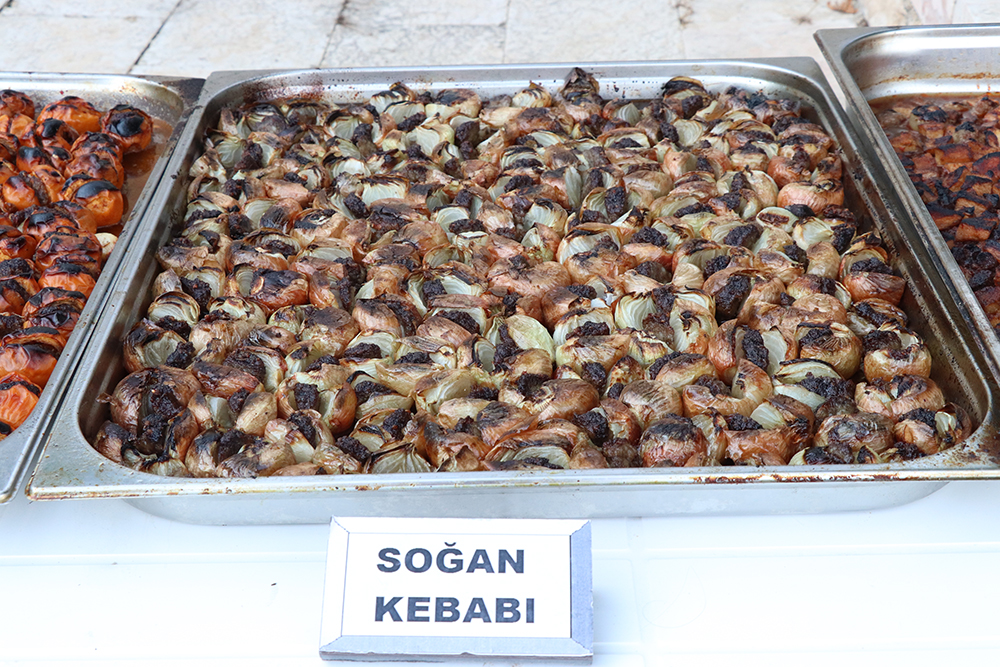
Local Onion Kebab (Halfeti Municipality)
- Ayva Güveci (Quince Casserole): Consists of a combination of quince, potatoes, and meat.
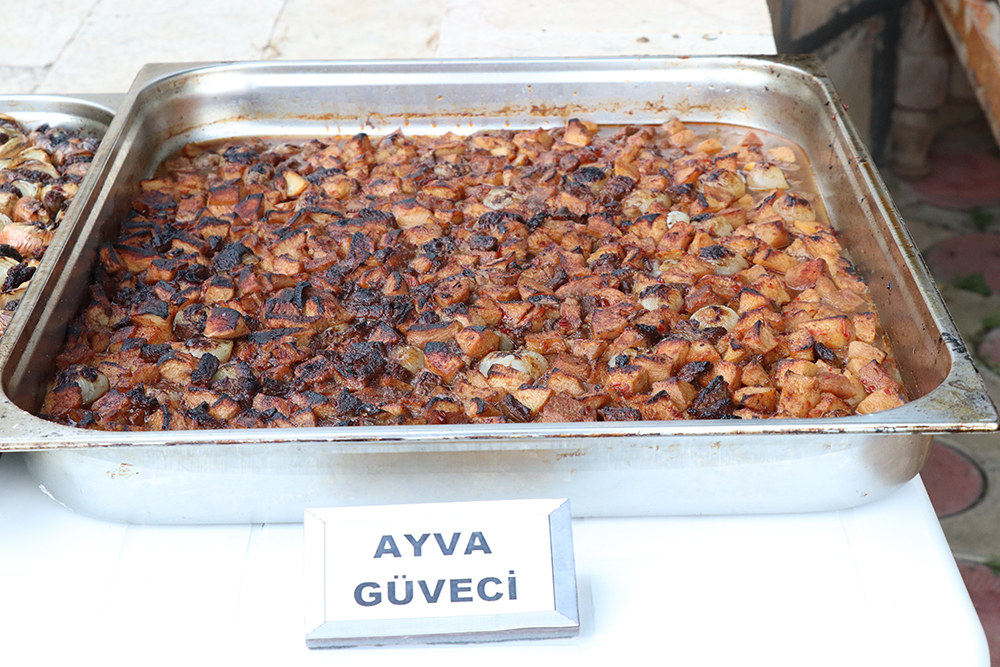
Local Quince Casserole ( Halfeti Municipality)
- Yenidünya Kebabı (Loquat Kebab): A special kebab made with loquat fruit.
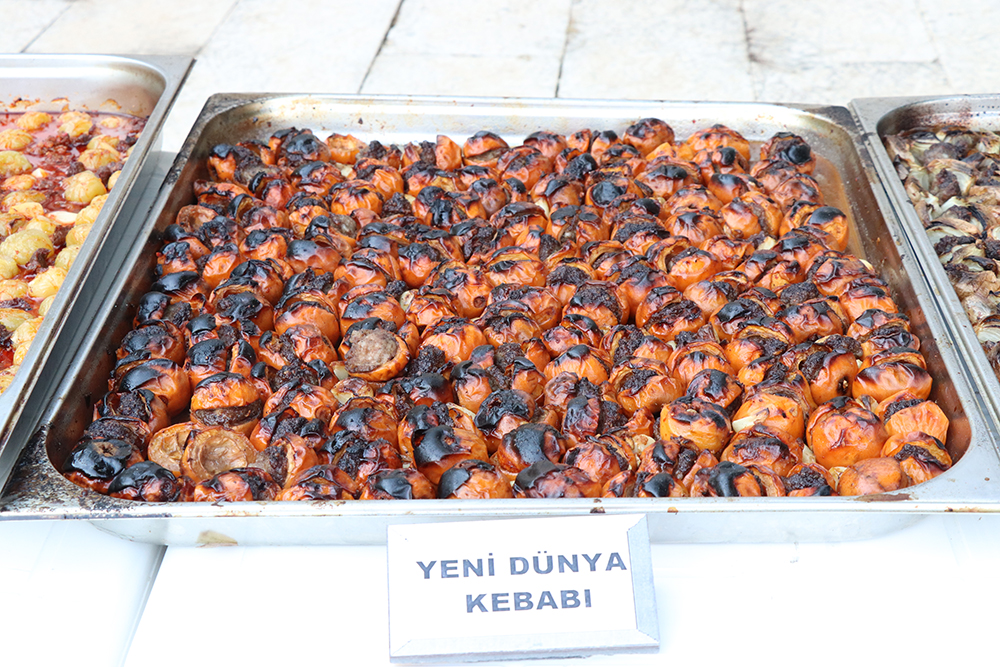
Local Loquat Kebab ( Halfeti Municipality)
- Kuru Meyveli Pilav (Dried Fruit Pilaf): Prepared with rice, almonds, pistachios, and dried fruits.

Local Pilaf (Halfeti Municipality)
Tourism and Cittaslow Status
Cittaslow (Slow City) Identity
Halfeti joined the Cittaslow network in 2013 as Turkey's 9th Slow City. With this title, the traditional way of life, environmental policies, and local culture began to be preserved.
Tourist Activities
- Boat Tours: Thanks to tours on the Euphrates River, Rumkale, the sunken mosque minaret, and the stone houses of Old Halfeti can be visited.
- Cultural Events: Photography festivals, nature walks, historical exploration tours.
- Village Tours: Savaşan Village, with its submerged stone houses, is one of the most remarkable points.
Halfeti is indeed a land where time flows slowly, both with its past and its present way of life. With its historical heritage, cultural richness, and slow city title, it is one of Turkey's treasures. With the Cittaslow movement, a sustainable development approach has been adopted; agriculture, tourism, and cultural life are progressing in a balanced way. Halfeti, integrated with the symbol of the Black Rose, is a settlement that stands out with its natural landscape, historical structures, and traditional architecture.
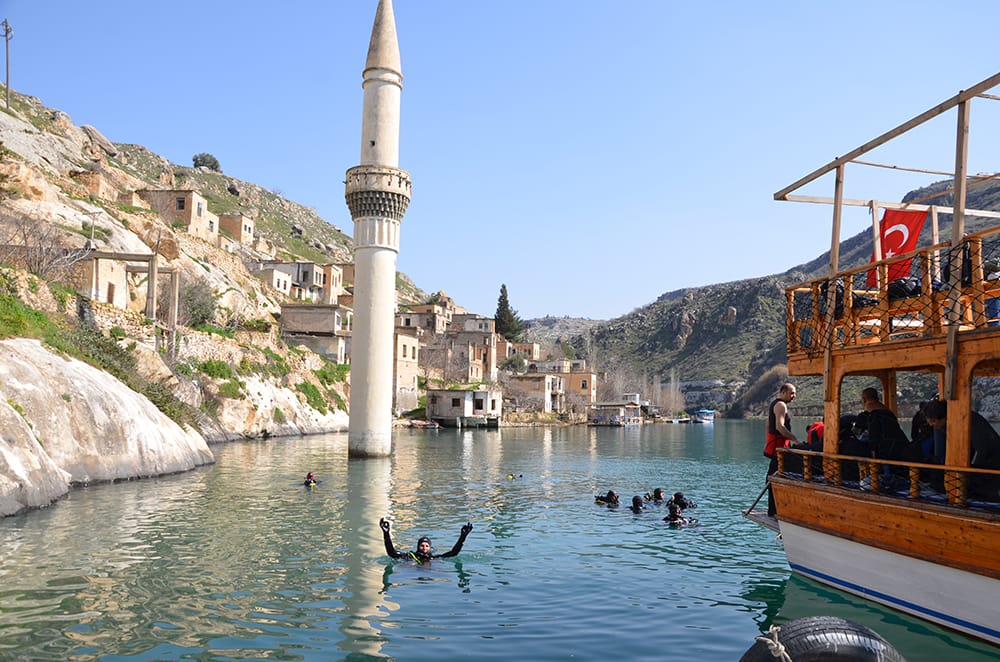
Halfeti (Halfeti Municipality)


